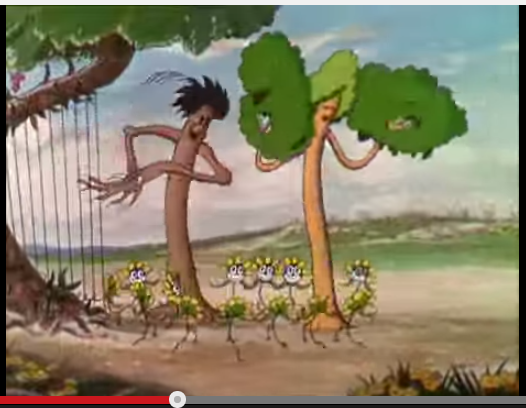Anthropomorphism
 |
| Fig 1 Water Colour of taxidermy Turtle |
 |
| Fig 2. Pencil Sketches |
 |
Fig 3. Line
drawing of Winston Turtle
|
 |
Fig 4. Woodcut print of Winston Turtle
|
There are three main approaches to anthropomorphism; adding
human traits to an object, taking a human and adding animal qualities to them
or taking an animal and adding human qualities and characteristic to them. In
my approach I went with the latter. After drawing a turtle for some time I
understood its shape and form well enough to feel confident in using its characteristics
and traits to morph them into human attributes. I looked to the taxidermy turtle
trying to see what human qualities I felt were already there, and after some brainstorming
I felt he had similar qualities to Winston Churchill. I had to be careful with
my designs not to over exaggerate attributes as I wanted it to be an endearing tribute
to Churchill and not to ridicule; an illustration not satire. By keeping the features
simple and refined I felt that this kept the final image endearing yet
dignified.
This endearing and charming approach is often seen throughout
illustrations, particularly ones “intended” for children. This can best be seen
in classic children’s illustrations, such as; Beatrix Potter’s work (Fig 5) and
E. H. Shepard’s illustrations in ‘Wind in the Willows’ (Fig 6). Looking through
these books I realised what made them so charming was how they selected animals
that would match well with human traits and successfully portray personalities. The animals were also likable and at times cute. A good example of matching animal and human characiteristics would be the weasels in ‘Wind in the Willows who are of
course are scoundrels and villains. However sometimes unexpected animals are
matched with opposite traits. Dualism was used in ‘The Wizard of Oz’, in the
form of a scared lion.
 |
Fig 5. Beatrix
Potter. The Tailor of Gloucester
|
 |
Fig 6. E. H.
Shepard. Wind in the Willows.
|
There are different ways to anthropomorphise an animal:
- Adding an animal head to a human body and vis versa
- Animals acting like humans; walking on two legs, wearing clothes, language (Fig 4, Fig 5, Fig 6, Fig 7, Fig 8, Fig 9)
 |
Fig 7. Pauline
Baynes. The Lion, the Witch and the
Wardrobe.
|
 |
Fig 8. Stephen
Collins
|
 |
Fig 9. Stephen
Collins
|
 |
Fig 10. Walt
Disney. Silly Symphony; Flowers and Trees
|
 |
Fig 11. Walt
Design. Micky Mouse through the Mirror
|
The purpose of anthropomorphism is to entertain. Whether that
be through children’s books, animations, cartoons or satire. It is never
intended to be taken seriously; a reflection of the real world and a reflection
of the artist’s imagination.
Bibliography
Collins, Stephen. Some Comics by.
London: Jonathan Cape, 2014. Print.
Grahame, Kenneth. The Wind in the
Willows. London: Methuen Children's Books Ltd, 1908. Print.
Lewis, C. S. The Complete
Chronicles of Narnia. London: Geoffrey Bles, 1954. Print.
Potter, Beatrix. The Tailor of
Gloucester. Harmondsworth, Middlesex, England: F. Warne, 1987. Print.
YouTube. 'Mickey Mouse Thru The
Mirror 1936 Toon'. N.p., 2015. Web. 28 Mar. 2015.
YouTube. 'Silly Symphony - Flowers
And Trees'. N.p., 2015. Web. 28 Mar. 2015.
No comments:
Post a Comment